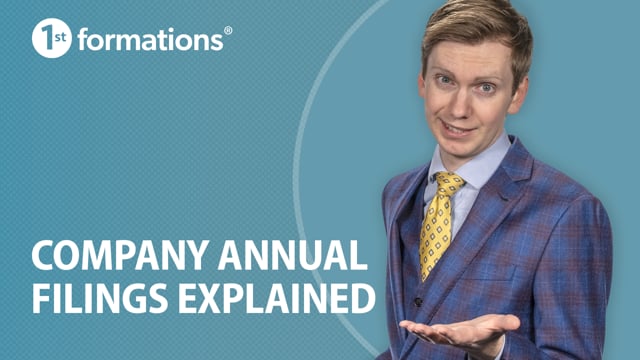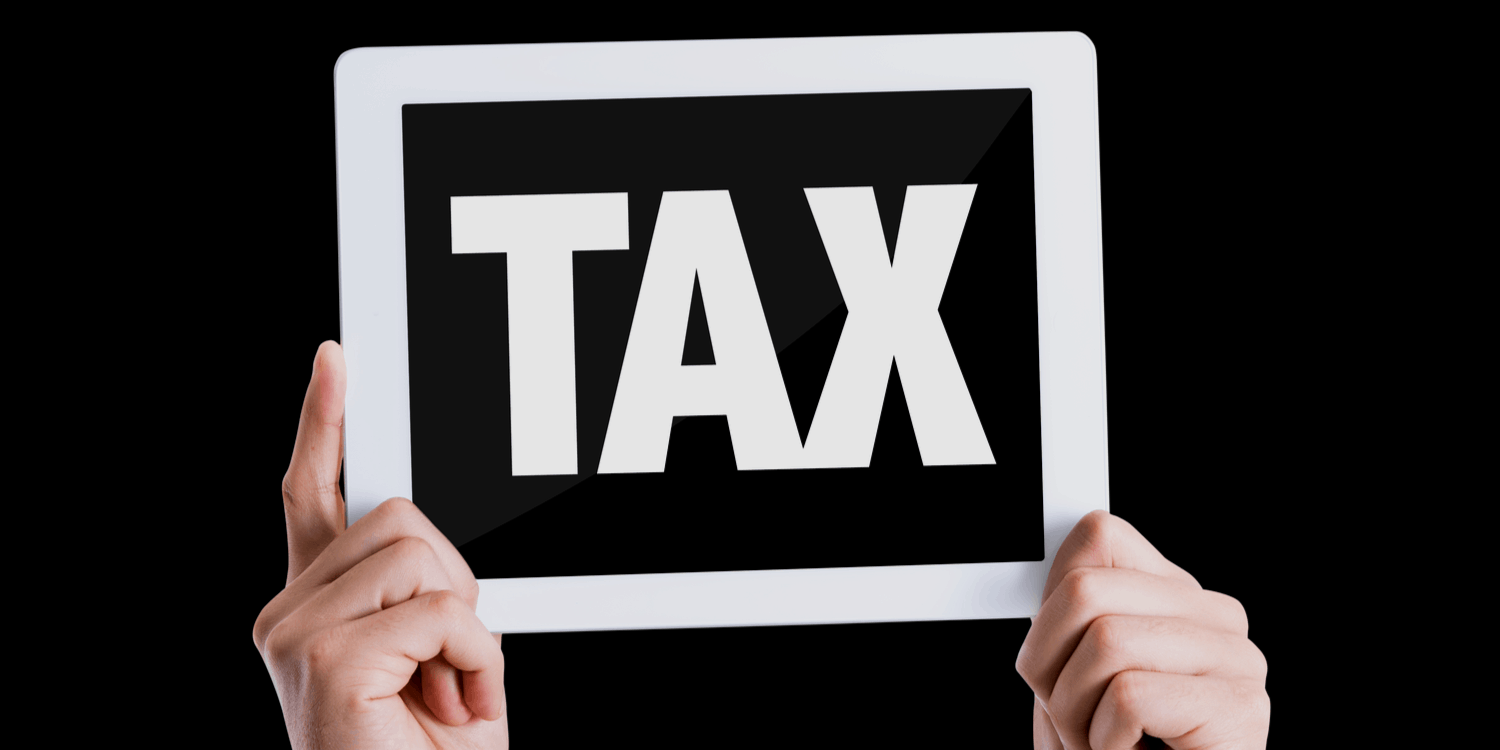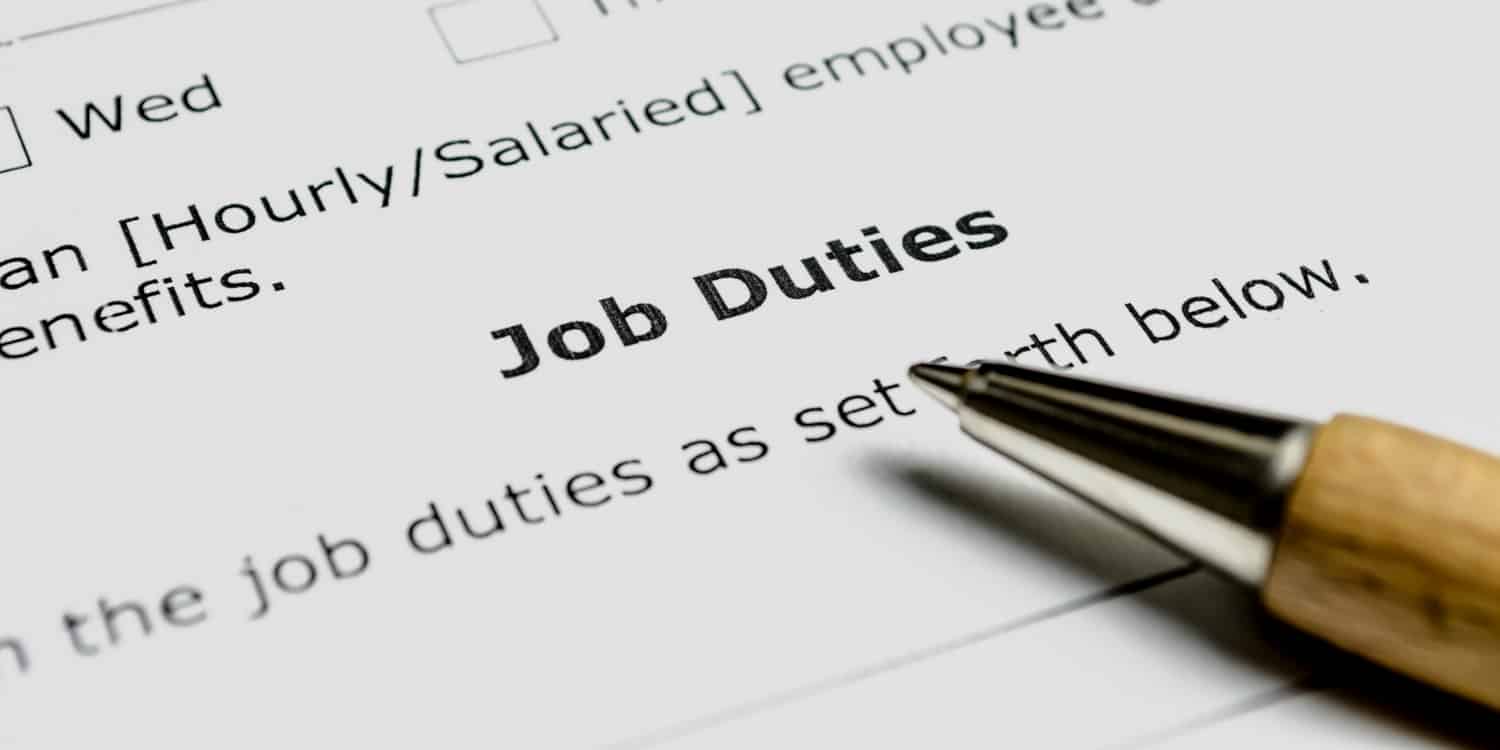What happens after company formation
You can start trading through your new company as soon as you receive notification that Companies House has approved your application. If you set up a limited company through 1st Formations, the registration process usually takes 3 to 6 working hours (subject to Companies House workload).
If you choose to start trading straight away, your company is ‘active’ and you must register with HMRC for corporation tax within 3 months. If you do not want to trade until a later date, you must tell HMRC that your company is dormant. When you are eventually ready to trade, you will need to register for Corporation Tax.
How do I find out if my registration has been approved?
If you register a limited company through 1st Formations, we will contact you by email as soon as Companies House approves your application. You can also monitor the progress of your company formation application on our Online Company Manager.
If you set up your company directly through Companies House, you will be notified by email or post, depending on whether you sent your application online or by post. This can take between 2-10 days.
Receiving your company formation documents
'Company formation documents' usually refer to the Certificate of Incorporation, a memorandum and articles of association, and share certificates (if your company is limited by guarantee, these will be membership certificates).
If you use our service, we will email digital copies of these documents immediately after Companies House approves your application. If your formation package includes printed and bound company documents, we will post these out to you within 24 hours of registration.
If you use Companies House incorporation services, you will receive your Certificate of Incorporation by email or post, depending on whether you sent your application online or by post.
You'll need to produce your own share certificates and a copy of your memorandum and articles of association separately.
Your company formation documents should be kept safe at all times. They should be made available for inspection at your registered office address (or SAIL address, where applicable). You are also highly recommended to make digital backups.
Directors are legally responsible for ensuring all registration documents are maintained in a secure location and made available for inspection upon request.
Where can I find my Company Registration Number?
Your unique 8-digit Company Registration Number (CRN) is displayed on your Certificate of Incorporation. You will also be able to find it on any official Companies House documentation you receive, as well as on the public register online by searching your company name on Companies House service.
You must display your company registration number on all forms of company stationery, websites and other online material.
Changing company details after incorporation
You must tell Companies House about all relevant changes to your company. This includes, but is not limited to:
- Change of registered office
- Change of service address
- Change of company name
- Changes to shareholders’ holdings or member details
- Changes to officers’ details
- Appointment/removal of a director or secretary
- Changes to share capital (if limited by shares)
- Changes to the articles of association
- Changes to your People with Significant Control (PSCs)
You can inform Companies House about most changes to your company using 1st Formations’ Online Company Manager.
Changes made via 1st Formation's Online Company Manager are free of charge - with the exception of changing your company name. Companies House will not charge any fees for the majority of changes, either.
Changing your company name after incorporation
You can change the registered name of your company whenever you like, but you must adhere to the same rules and guidelines as to when you chose your original company name.
It cannot be the 'same as' or 'too like' an existing company name on the register, and you must provide supporting documentation if it includes any sensitive words or expressions.
You can change your company name by special resolution of the shareholders; however, depending on your company's articles of association, the director(s) of the company may also have the power to change the name without seeking approval from the members.
You should notify Companies House immediately upon choosing a new name and file a copy of the members' resolution - it will not be official until the change has been approved by Companies House and you receive a name change certificate (called the Certificate of Incorporation on Change of Name). You will then be able to update your company signage, stationery and online materials accordingly.
Changing your registered office address
You can change your registered office address whenever you like, but it must remain in the same country. Companies House should be notified of any such changes and the public register will be updated accordingly. You can change your registered office and inform Companies House free of charge using 1st Formations’ Online Company Manager.
Remember to update your company stationery and online material with your new registered office address.
Changing your service address
Directors and LLP members can change their service address details whenever they like. The new address can be any physical postal address anywhere in the world. Companies House must be informed of any such changes, and the public register will be updated accordingly.
You can change your service address and notify Companies House free of charge using 1st Formations’ Online Company Manager.
You can appoint a new director at any time you wish. You must inform Companies House and update your company register with the new director’s details. 1st Formations’ Online Company Manager can be used to notify Companies House free of charge.
Registering your company for tax
If your company is actively trading, you must register with HMRC for corporation tax within 3 months of beginning any business activity. You may also have to register for VAT if your company generates over £90,000 of VAT taxable turnover in one year, or it is likely to exceed this threshold within the next 30 days alone.
If your company is registered for corporation tax, you will be required to send an annual Company Tax Return to HMRC and pay any Corporation Tax that is owed. You must also include a full set of annual accounts with your tax returns.
Setting up a business bank account
You really should have a separate business bank account for all company finances, but you are not legally required to have one. If you use your personal account, however, it will make it difficult to distinguish company money from personal money.
Where to display your company details
With the exception of dormant companies, you must display your company name at all times in the following places:
- Your registered office address
- Your Single Alternative Inspection Location, or 'SAIL', address (if applicable)
- Any place of business operation (unless this is a residential address)
- Company documents and correspondence – electronic and hard copy
- Websites and other online material
- Any form of publicity
You also have to state your registered office address on all forms of company stationery, websites and online material. You should include the country of registration alongside your registered office address – i.e England and Wales, Scotland or Northern Ireland.
Annual reporting requirements for Companies House
You must send annual statutory accounts (financial reports) and a confirmation statement (a snapshot of the company's current position) to Companies House every year by the deadlines you are given.
Selling shares after company formation
A person holding shares in a company can transfer them to another person at any time. The sale of the shares is often carried out in exchange for cash (known as 'consideration'). Transfers need to be approved by the company's directors, although in some cases it may also need the approval of the shareholders as well.
Companies can also 'issue' new shares, which involves the creation of the new shares and allocation to the person(s) applying for those shares.
In both cases, it is important to refer to the company's articles of association to ensure the correct procedures are followed.
Dormant (non-trading) company requirements
If your company is not trading or conducting any business kind of activity that generates income or must be entered into your accounting records, you should contact HMRC's Corporation Tax Office to confirm that your company is dormant.
You'll still need to submit your annual accounts to Companies House; however, you may be eligible to file reduced 'dormant company accounts.'
If your company was trading prior to becoming dormant, you will receive a ‘Notice to deliver a Company Tax Return’ at your registered office after notifying HMRC of your company's dormancy. You must complete a tax return and pay any Corporation Tax owed for the period of activity.








